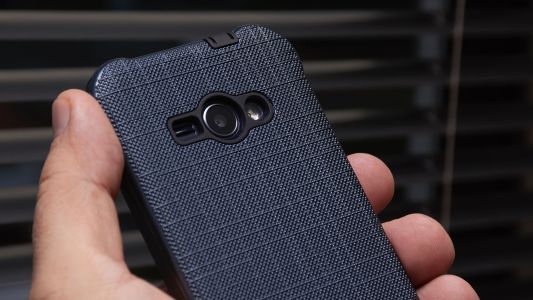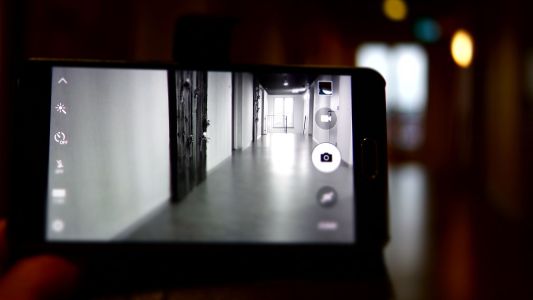Blog
If you ask some video creators about tips and tricks for shooting video on a smartphone, they might tell you about what professional camera you need to use instead. However, some situations lend themselves to recording on a smartphone. These may include times when you weren't planning on recording but an opportunity arose, when there is an equipment issue, or you are just in a hurry. Fortunately, smartphone cameras get more impressive every year. With the right technique and a little experimentation, you may find that you can capture beautiful high-quality video using a smartphone.
There are four things to consider that are particularly critical when using a smartphone: knowing your phone’s camera, stabilization, lighting, and audio.
Getting to Know Your Phone’s Camera
Before you start shooting, spend some time getting to know your smartphone and its camera. Different phones have different capabilities, especially when it comes to video. Check out what adjustments you can make, decide if the stock camera software will fit your needs, and experiment to understand what your camera can handle.

Video Stabilization
Despite significant improvements in image stabilization available onboard smartphones and production software, the best quality images come from stable cameras. There may, of course, be times when some amount of camera movement will add to the scene, but for the most part, you want to keep the camera from moving or keep it moving smoothly.
There are several accessories and devices available to help you, from smartphone tripod mounts to weighted grips and full-featured smartphone gimbal rigs. These can help get a professional-looking shot. However, there are times when you may not have access to one of these accessories. These moments call for some creativity. Simply stabilizing your phone on a chair, music stand, or table may get the job done.
Lighting
If you are used to working with a professional or prosumer grade camera, you may find your smartphone not as forgiving when it comes to lighting. It is also likely that if you have resorted to filming on a smartphone, you don't have any lightboxes with you. There are small, portable light rigs available for smartphones now that can assist you. However, this is another place where creativity and some general lighting experience will help. Often using the combination of natural light and other available light sources you can put together two or three-point lighting. If you are working outdoors, the natural light will likely provide enough light but be sure to avoid shadows and backlighting.

Audio
If your video shot includes audio, note that smartphone microphones are not usually a great source. If you have no other choice, eliminate as much background noise as you can and get your phone as close to your source as possible. There are also external microphones available that can make a considerable improvement. They come in several formats including shotgun, lavalier and even wireless.
Another option for audio is the use of an external recorder. Small, portable digital recorders can be placed closer to the source for better pickup. You can easily sync the sound during the editing and production process.


